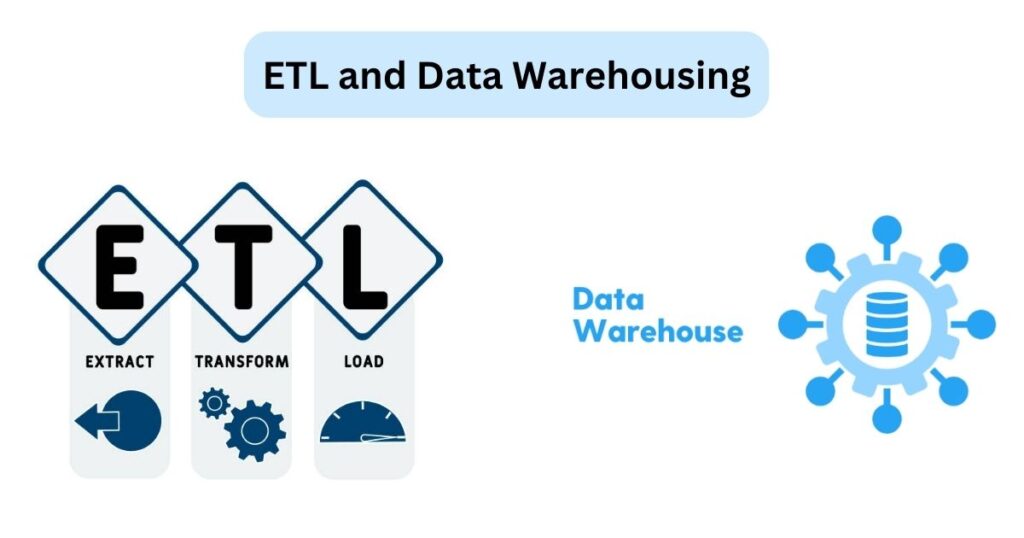
Introduction
In the age of data-driven decision-making, Two key components in this process are ETL and Data Warehousing. In this blog post, we will delve into the world of ETL and Data Warehousing, exploring their definitions, importance, processes, and best practices.
Section 1: What is ETL?
ETL stands for Extract, Transform, Load, which refers to the process of extracting data from various sources, transforming it into a consistent format, and loading it into a destination for analysis. The ETL process plays a crucial role in ensuring that data is accurate, consistent, and ready for analysis.
Section 2: Importance of ETL
ETL is essential for businesses because it allows them to:
- Combine data from multiple sources
- Cleanse and transform data for analysis
- Ensure data quality and consistency
- Improve decision-making with reliable data
Section 3: Components of ETL
The ETL process consists of three main components:
- Extract: Data is extracted from various sources such as databases, applications, and files.
- Transform: Data is transformed and cleansed to ensure consistency and accuracy.
- Load: Transformed data is loaded into a data warehouse or analytical database for analysis.
Section 4: What is Data Warehousing?
A data warehouse is a centralized repository that stores structured and organized data from one or more sources. It allows businesses to perform complex queries and analysis to gain insights and make informed decisions.
Section 5: Importance of Data Warehousing
Data warehousing is crucial for businesses because it enables them to:
- Consolidate data from multiple sources
- Provide a single source of truth for reporting and analysis
- Improve data accessibility and query performance
- Support business intelligence and decision-making processes

Section 6: Components of Data Warehousing
Key components of a data warehouse include:
- Data Sources: Where data originates from various operational systems.
- ETL Process: Extracts, transforms, and loads data into the data warehouse.
- Data Storage: Structured storage of historical and current data.
- Data Access Tools: Query and reporting tools for analyzing data.
- Metadata Repository: Stores information about the data in the warehouse.
Section 7: ETL vs. ELT
While ETL follows the traditional Extract, Transform, Load process, ELT (Extract, Load, Transform) flips the process by loading data into a target system before transforming it. ELT is gaining popularity due to advancements in technology and the ability to leverage the power of modern databases for transformations.
Section 8: Best Practices for ETL and Data Warehousing
- Understand Business Requirements: Align ETL and data warehousing processes with business goals.
- Data Quality Assurance: Implement checks and validations to ensure data accuracy.
- Scalability: Design ETL processes and data warehouses to scale with growing data volumes.
- Security: Implement robust security measures to protect sensitive data.
- Performance Optimization: Monitor and optimize ETL jobs and queries for efficiency.
Section 9: Common Challenges in ETL and Data Warehousing
- Data Integration: Dealing with disparate data sources and formats.
- Data Quality: Ensuring data consistency and accuracy throughout the ETL process.
- Scalability: Managing large volumes of data and processing demands.
- Performance: Optimizing query performance for faster insights.
- Maintenance: Regular maintenance and updates to keep ETL processes and data warehouses running smoothly.
Conclusion
In conclusion, ETL and Data Warehousing are foundational components of modern data management and analytics. By understanding their processes, importance, components, and best practices, businesses can harness the power of their data to drive informed decision-making and gain a competitive edge in today’s data-driven world.
Remember, efficient ETL and Data warehousing processes and a well-designed data warehouse are not just assets; they are strategic advantages that can propel your business forward in the era of big data.
This comprehensive guide aims to provide readers with a deep understanding of ETL (Extract, Transform, Load) processes and Data Warehousing. By exploring the definitions, importance, components, best practices, and challenges associated with these concepts, businesses can gain valuable insights into optimizing their data management strategies for improved decision-making and competitive advantage.
Read this : Data Pipeline : 6 Best ways of Analysis for Data Pipeline
